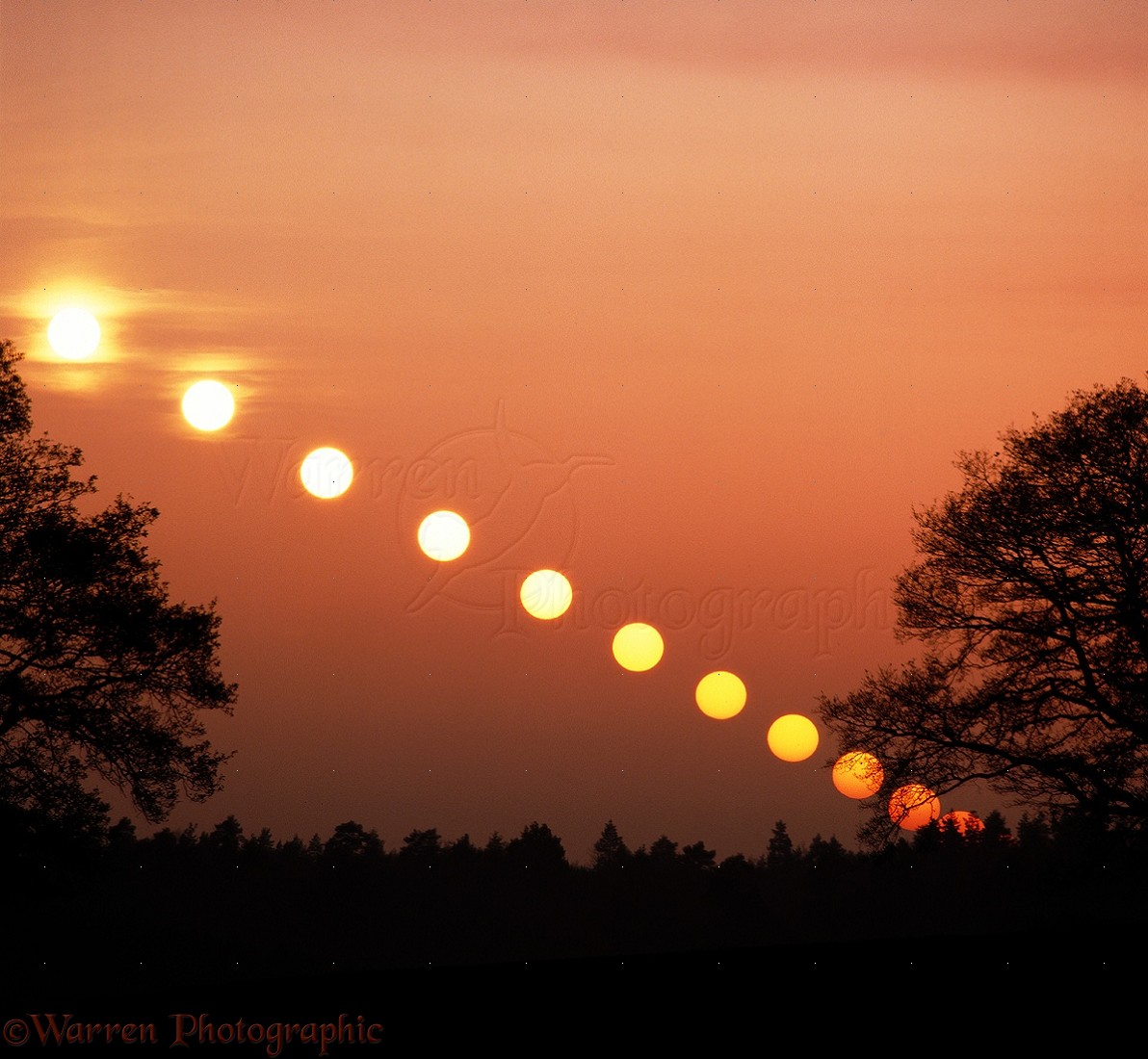Today I decided to look into Nepal's location and how it relates to global winds. Nepal lies at a longitude of 26.5333° N and, a latitude of 86.7333° E in the northern hemisphere. In terms of atmospheric cells, Nepal is in the Hadely Cell. The North East trade winds or the "tropical easterlies" blow across the country. This brings on winter monsoons. Nepal lies in-between the subtropical high pressure belt and the equatorial low, however an area of low pressure resides in Nepal. Being landlocked in the tropic of cancer, Nepal is located just below the horse latitudes.
Nepal has wet summers and dry winters being located in the Tropic of Cancer. Nepal's location is unique being located in-between a pocket of sinking air and rising air. Asian monsoons are brought on in the summer time due to the thermal low located just above Nepal. Warm air from the Indian ocean flocks to the thermal low, creating heavy precipitation during the summer season. On the other hand, in the winters are fairly mild because of the Siberian high located above Nepal in January. The north-east trade winds blow in the leeward across the country.
Nepal has substantial mountains, including Mt. Everest the tallest mountain in the world. The Himalayan mountain range extends across the country from the eastern edge to the western edge, also called the Parbat region in Nepali. When thinking about mountain breezes they are usually associated with the katabatic wind, Chinook wind, the Santa Ana winds, mountain breeze, and valley breezes. Due to Nepal's many valleys and major mountain region, it experiences all these winds, except for the Santa Ana winds. The two winds associated with the ocean are the sea breeze and the reverse of that which is the land breeze. Nepal does not experience these, due to being a landlocked country.




